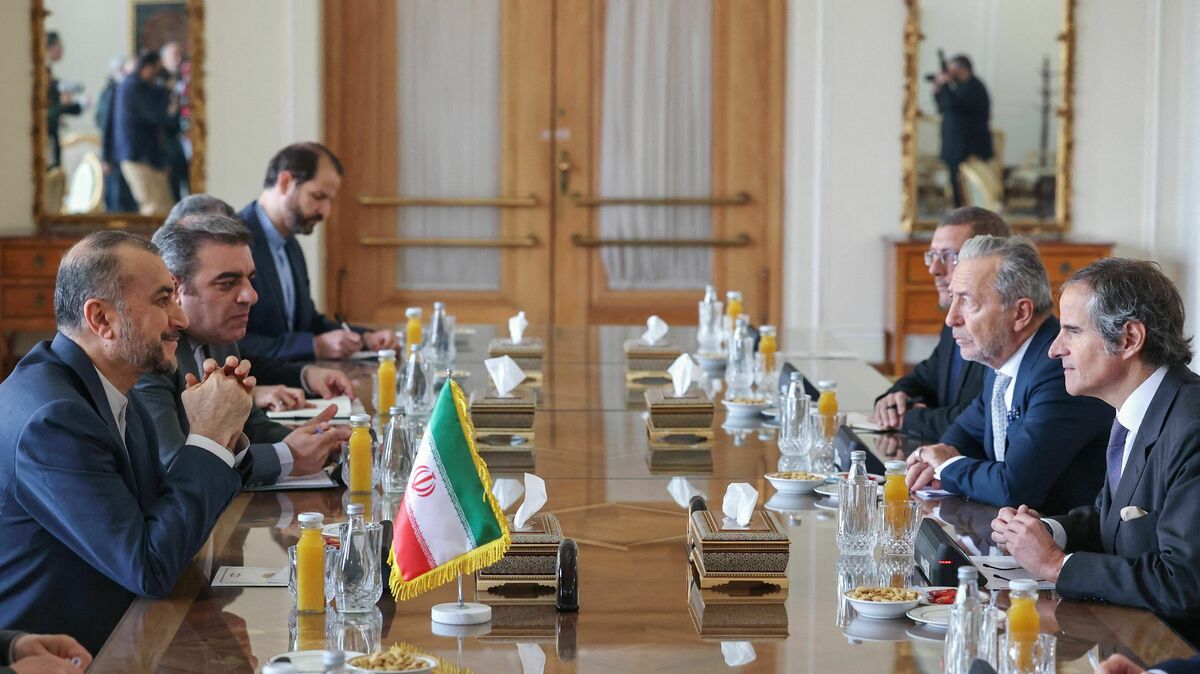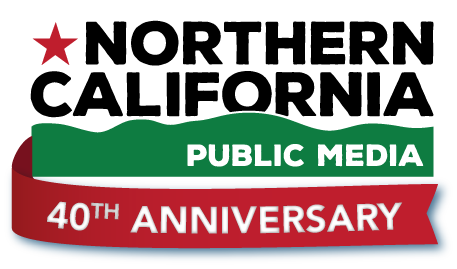
Iranian Foreign Minister Hossein Amir-Abdollahian (L) meets with International Atomic Energy Agency (IAEA) chief Rafael Grossi in Tehran on March 4. The UN nuclear watchdog chief was in Iran for expected talks with the President and other officials after the discovery of uranium particles enriched to near weapons-grade level. Atta Kenare/AFP via Getty Images hide caption

Iranian Foreign Minister Hossein Amir-Abdollahian (L) meets with International Atomic Energy Agency (IAEA) chief Rafael Grossi in Tehran on March 4. The UN nuclear watchdog chief was in Iran for expected talks with the President and other officials after the discovery of uranium particles enriched to near weapons-grade level.
Atta Kenare/AFP via Getty ImagesIt's been five years since the U.S. pulled out of the nuclear deal. What followed: the U-S re-imposed crushing sanctions, over time, Iran stopped adhering to the limits the deal had set and day-by-day its nuclear program crept forward.
So how close is Iran to a bomb? What can the U.S. do to stop Iran, if it chooses to pursue one? And how are regional and global shifts changing the equation?
NPR's Mary Louise Kelly puts these questions to the U.S. special envoy for Iran, Rob Malley, and to Vali Nasr with the Johns Hopkins University School of Advanced International Studies.
Email us at
This episode was produced by Connor Donevan with audio engineering by Ted Mebane. It was edited by Courtney Dorning. Our executive producer is Sami Yenigun.

 Live Radio
Live Radio